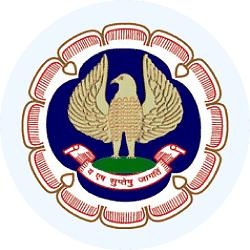|
True or False: The introduction of the Goods and Services Tax (GST) aimed to complicate the tax structure in India. |
Card: 1 / 20 |
|
False. The GST aimed to simplify tax procedures and create a unified national market. |
Card: 2 / 20 |
|
What role did the International Monetary Fund (IMF) play in India's 1991 economic crisis response? |
Card: 3 / 20 |
|
IMF aided India in 1991 crisis.
|
Card: 4 / 20 |
|
Forex reforms improved rupee value.
|
Card: 6 / 20 |
|
Globalization increased outsourcing in India.
|
Card: 8 / 20 |
|
Fill in the blank: The World Trade Organization (WTO) aims to create a ___-based trading system to prevent arbitrary trade restrictions. |
Card: 9 / 20 |
 Unlock all Flashcards with EduRev Infinity Plan Starting from @ ₹99 only
|
|
Discuss the challenges faced by India post-reforms despite the GDP growth since 1991. |
Card: 11 / 20 |
|
India faces post-reform challenges.
|
Card: 12 / 20 |
|
Multiple Choice: Which of the following was NOT a component of the New Economic Policy (NEP) |
Card: 13 / 20 |
|
What is the significance of disinvestment in the context of India's economic reforms? |
Card: 15 / 20 |
|
Disinvestment enhances India's economic reforms.
|
Card: 16 / 20 |
|
True or False: India has faced high non-tariff barriers in developed countries, limiting its access to those markets. |
Card: 17 / 20 |
|
True. Despite removing quota restrictions on exports, India still encounters non-tariff barriers in developed countries. |
Card: 18 / 20 |
|
Explain the relationship between fiscal policy reforms and tax revenue generation in India post-1991. |
Card: 19 / 20 |
|
Fiscal reforms reduced tax rates.
|
Card: 20 / 20 |

























